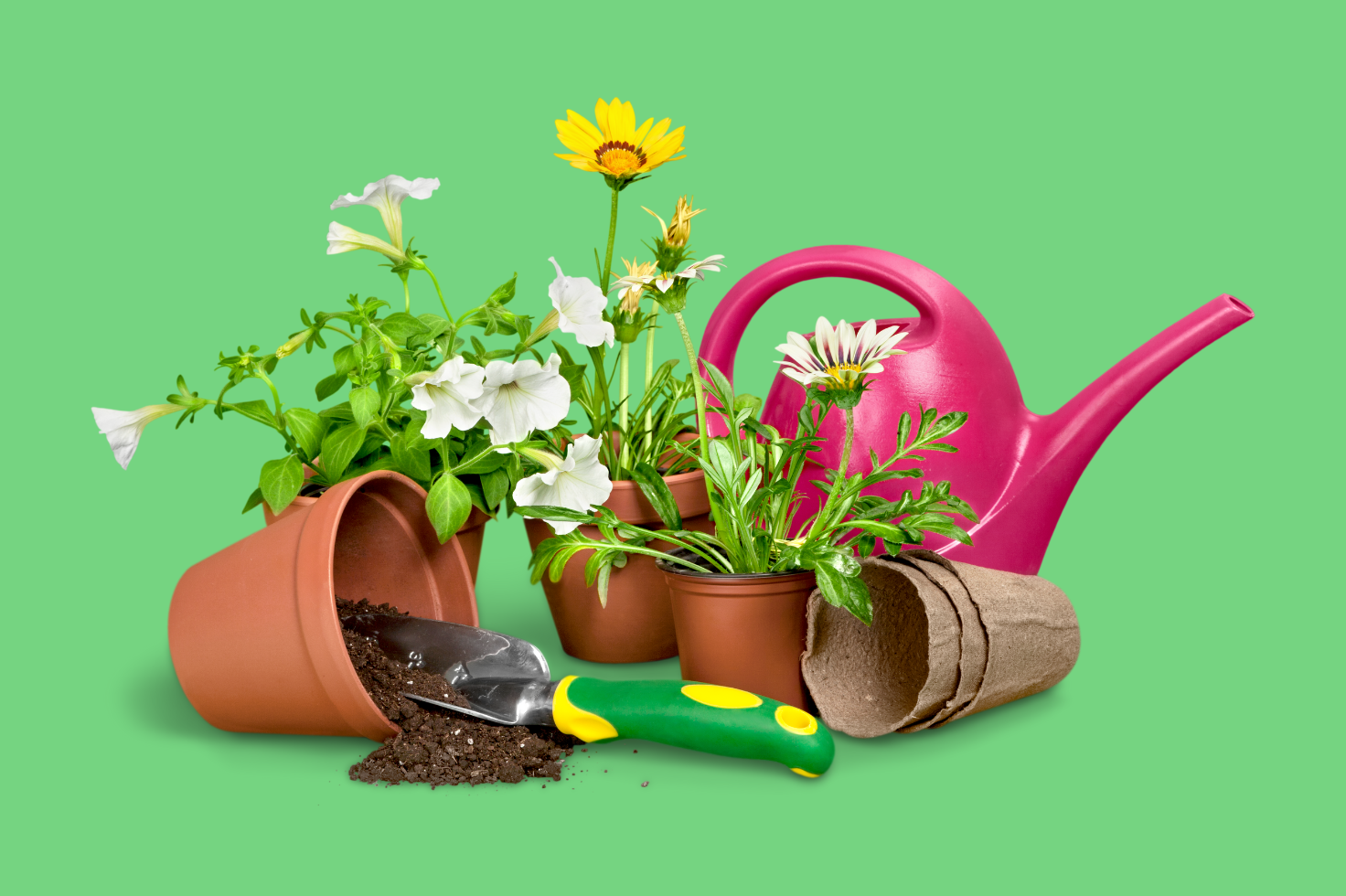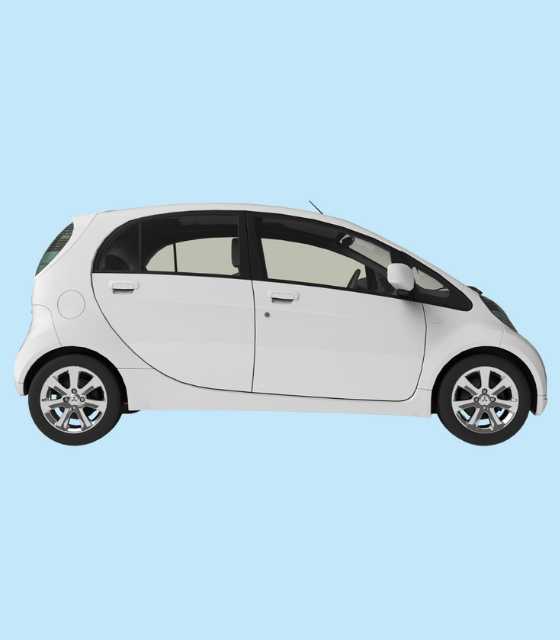From home and garden improvement to DIY renovations, it can be quite competitive to market in this space. Here are some tips to advertise effectively.
According to Custom Market Insights, the global Home Gardening market is projected to grow to USD 15.78 billion in 2025 and reach around USD 26.47 billion by 2034. The study also cited several trends and factors that will contribute to its growth, including trends on sustainability, retail media, organic and urban gardening, the integration of smart gardening technologies, small space innovations, and more.
With the huge potential and opportunities in the space comes its own set of challenges. As marketers, we have to overcome these ongoing challenges and adapt to this ever-evolving landscape. Consider some of these insights when planning your home and garden advertising strategies in order to stay at the top of mind for your consumers.
A huge space calls for smarter audience targeting
Home and garden can be quite a broad and huge category, as it covers various market segments. Some of the categories in this space include products and services related to home improvement (from furniture, tools, and fixtures), interior decor and design services, gardening and landscaping, outdoor living, and even smart home devices.
That said, it can create huge opportunities for your business to target various audiences. Your audiences may include DIY homeowners who are looking to make upgrades and repairs, gardeners who can either be beginners or seasoned enthusiasts, interior designers or contractors sourcing raw materials, or eco-conscious consumers in search of sustainable solutions.
You must think outside the box in terms of selecting the right audience. Don’t just limit your segments that are directly related to your product or service. Since the buying journey involves research, inspiration, and comparison, marketers must use a full-funnel strategy that engages consumers and captures attention at all stages, from awareness through to post-purchase loyalty.
Home and garden audiences typically fall into one of three categories:
- Diligent buyer: customers who typically compare offers in several shops before making a decision (the goal is to get your brand to be the top choice)
- Spontaneous buyer: customers who purchase without prior attention (the goal is to get them to purchase from you as frequently as possible)
- Heavy buyer: customers who are big-ticket purchasers. These are typically the ones who would be in the process of remodelling/furnishing (the goal is to attain higher AOV/average order value per customer)
It’s important to take these behaviors into consideration when planning your campaigns. Consider launching targeted campaigns with varied, personalized messaging depending on these segments and which stage they are in the funnel. An example would be highlighting comparative offers for Diligent Buyers or offering bundled discounts and promotional offers if they purchase X number of times for Spontaneous Buyers. Another example would be launching informative campaigns grounded on transparency and highlighting product features and excellent customer reviews for Heavy Buyers to close those deals with them.
Most visitors won’t make a purchase on their first visit. Retargeting ads keep your products and offers top of mind, while lookalike audiences help you reach new potential customers who share traits with your existing ones.
Stay within reach of your customers
Certain regions and locations are going to have a unique set of needs and demands, so it’s important to be mindful of those as well.
Consider geotargeting options when running your campaigns. Geotargeted marketing lets brands identify and target consumers based on certain demographics and behavior, aside from just location. Whether you’re a big box store or a local retailer, consumers will more than likely prefer to purchase or avail of a service that’s within their reach and has exactly the product that they specifically need, especially if they’re going to spend on a huge investment such as a home improvement.
Timing is everything
Seasonal shifts—driven by weather and lifestyle events like spring planting, fall cleanups, summer gatherings, and holiday decorating—strongly impact home and garden purchases. To boost engagement and conversions, marketers should plan targeted seasonal campaigns throughout the year.
For instance, Google Ads Keyword Planner shows that searches for “garden furniture” typically surge by 83% in April compared to March. Meanwhile, interest in “coffee machines” begins to rise in October, peaking in November and December—likely driven by Black Friday and the holiday season. Therefore, it’s important to push and promote those particular products and services during times when these things matter to them or when people are actually demanding them.
It’s also worth capitalizing on putting your brand out there and launching your campaigns during or even before peak seasons. Offer time-sensitive bundles such as “Winter essentials” during winter months in a particular region, or “Spring cleaning starter packs” that include items and services that people regularly use during the Spring season.
In many areas, landscaping and lawn care kick off in early Spring, allowing consumers time to plan and prepare before the growing season begins. If you wait until June or July to launch ads or offer promotions, you risk losing potential customers who likely made their decisions months earlier.
It’s not just about the seasonality but also the actual time and day of your posting. Consider launching your campaigns and posts during those times when your relevant customers are actually tuning in. Brands In Blooms has a quick list of the most optimal times to post your content on various social media platforms, such as posting between 9AM to 10AM on weekday mornings if you’re posting on Meta or between 7AM to 8AM on weekdays if you’re posting on Instagram.
A picture’s worth a thousand words
As the saying goes, using visual-driven storytelling is the best way to go when advertising in this space. Consumers want to visualize how products look and feel in their space before buying, especially in home decor, garden design, and furniture. People will often try to seek visual inspiration online for how they want their spaces set up – so too should your campaigns as well.
Don’t just tell—show. With consumers actively comparing options, it’s essential to leverage high-quality photography, stop motion, and video ads to showcase your brand. If possible, incorporate augmented reality or apps that let users visualize your product in their own space.
Make sure you are not just producing high-quality imagery but high-quality content as well. Create SEO-optimized content on topics and ideas that truly matter and resonate with your customers. Prioritize high-intent topics such as “how to” videos and guides on renovating your home in a cost-effective way, or sustainable practices in home gardening. Launch display ads that show user-generated content, running Meta and Pinterest ads for DIY home projects, customer reviews and testimonials that promote the legitimacy of your business, or digital out-of-home ads for visual appeal.
Use search and email for customer acquisition and retention
The latest Klaviyo State of Ecommerce report shows that the top marketing priority for home & garden retailers this year is customer acquisition (51%), followed by encouraging repeat purchases from existing customers (43%).
Moreover, the Southern California News Group reported that 77% of DIYers use home improvement store websites for research, with 55% of Millennial DIYers using YouTube for home improvement information, and 40% of DIYers preferring brands to use email marketing to communicate updates.
While brands are investing across multiple channels, many could see stronger results by focusing on the most effective ones—namely search and email.
Search influences 80% of consumers’ purchase decisions in this category, and 60% say the same about email marketing. Yet, only 37% of home & garden brands use email marketing, and despite growing investments, search still isn’t among the top five most-used channels.
To boost acquisition, prioritize high-intent keywords in paid search. At the same time, segment your email lists to deliver tailored content based on user behavior and preferences. This helps you reach customers who are more likely to convert and increases your ROI. Consider releasing newsletters sent via email to provide users with relevant, engaging content that can help attract and retain customers.
Grow and improve your home and garden and DIY advertising campaigns with illumin
With illumin, you can execute and implement all these home and garden and DIY advertising strategies at the palm of your hands. Transform your marketing campaigns from good to game-changing, ensuring that every ad dollar you spend is an ad dollar well spent!
Start optimizing your home, garden, and DIY campaigns with illumin today!

To see more from illumin and our partners, be sure to follow us on X and LinkedIn where we share interesting news and insights from the worlds of AdTech and advertising.











